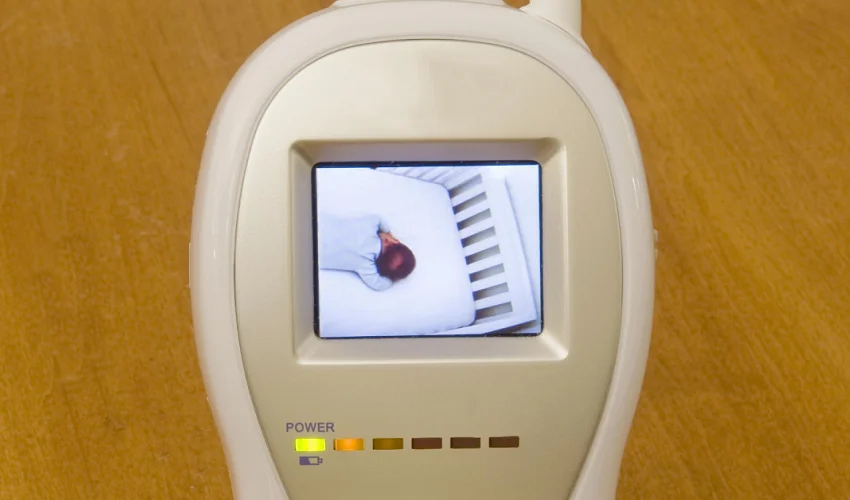Diabetes is a chronic condition affecting millions of people worldwide, and it can have a significant impact on an individual’s quality of life. One complication associated with diabetes is Peripheral Artery Disease (PAD), which often goes unnoticed. In this article, we will explore the connection between diabetes and PAD, examining its impact on patients and providing essential information for diabetic patients and their caregivers. To fully understand the relationship between diabetes and PAD, let us first delve into the fundamentals of diabetes and PAD.
Understanding Diabetes
Diabetes is a metabolic disorder characterized by elevated blood glucose levels. It occurs due to either insufficient insulin production or impaired insulin utilization in the body. The most prevalent form of diabetes is Type 2 diabetes, which accounts for approximately 98% of all diabetes cases worldwide. This condition often develops gradually and is influenced by factors such as genetics, lifestyle, and obesity.
Prevalence of Diabetes
The International Diabetes Federation (IDF) reports that over 530 million adults aged 20-79 years were living with diabetes as of in 2023, and projections estimate that this number will rise to 700 million by 2045. These statistics highlight the significance of diabetes as a global health concern. It is crucial for patients and caregivers to be well-informed about potential complications, including PAD.
Peripheral Artery Disease (PAD)
PAD is a circulatory disorder that primarily affects the blood vessels outside the heart and brain, commonly involving the arteries in the lower extremities. The primary cause of PAD is atherosclerosis, which is the buildup of plaque inside arterial walls. As plaque accumulates, it narrows and stiffens the arteries, leading to reduced blood flow to the legs and feet.
The Relationship between Diabetes and PAD
Diabetes significantly increases the risk of developing PAD. The connection lies in the impact of high blood glucose levels on blood vessels. Persistently elevated glucose levels can damage the inner lining of arteries, creating an environment favorable for atherosclerosis.
Key Data and Statistics
- Research published in the Journal of Diabetes Investigation found that diabetic patients are two to four times more likely to develop PAD than non-diabetics.
- A study in the Journal of Vascular Surgery revealed that nearly 1 in 3 individuals over the age of 50 with diabetes had PAD.
- According to the American Heart Association (AHA), approximately 1 in 3 people with diabetes above the age of 50 are unaware they have PAD, leading to underdiagnosis and delayed treatment.
Impact of PAD on Diabetic Patients
PAD presents various challenges for diabetic patients, affecting their overall health, daily activities, and quality of life. Understanding these impacts is crucial for both patients and caregivers to develop effective management strategies.
Reduced Physical Functioning
PAD restricts blood flow to the legs and feet, resulting in pain, cramping, and weakness. Consequently, walking and engaging in physical activities can become challenging for diabetic patients with PAD. The decrease in physical functioning may hinder exercise routines, thereby exacerbating difficulties in managing diabetes.
Delayed Wound Healing
High blood glucose levels in diabetes can impair the body’s ability to heal wounds effectively. When combined with restricted blood flow due to PAD, even minor injuries or ulcers on the feet can become serious issues. Slow wound healing may increase the risk of infection and, in severe cases, may lead to amputation.
Increased Risk of Cardiovascular Complications
Diabetes already carries an elevated risk of cardiovascular diseases. The presence of PAD further compounds this risk, as it indicates a widespread atherosclerotic process affecting multiple arteries. Diabetic patients with PAD are at a higher risk of heart attacks and strokes.
Impact on Mental Health
Dealing with the challenges of diabetes and PAD can take a toll on a patient’s mental well-being. The restrictions on physical activities, fear of complications, and the burden of managing multiple health conditions may lead to anxiety, depression, or stress.
Reduced Quality of Life
Collectively, the physical, emotional, and psychological impacts of PAD on diabetic patients can significantly reduce their overall quality of life. The limitations imposed by PAD may restrict their ability to engage in social activities and enjoy life to the fullest.
Prevention and Management Strategies
Preventing PAD and effectively managing its impact on diabetic patients require a comprehensive approach. Careful attention to diabetes management and lifestyle choices can significantly reduce the risk and severity of PAD.
Blood Glucose Control
Maintaining stable blood glucose levels through medication, dietary changes, and regular exercise is fundamental to reducing the risk of PAD. Diabetic patients should work closely with their healthcare providers to establish an individualized diabetes management plan.
Regular Physical Activity
Engaging in regular physical activity, such as walking, swimming, or cycling, can improve blood circulation and lower the risk of PAD. Patients should aim for at least 150 minutes of moderate exercise per week, as recommended by health authorities.
Healthy Diet
A balanced diet rich in fruits, vegetables, whole grains, and lean proteins can support diabetes management and reduce the risk of PAD. Limiting the intake of saturated and trans fats is crucial in maintaining cardiovascular health.
Smoking Cessation
Tobacco use significantly increases the risk of PAD and other cardiovascular complications. Diabetic patients who smoke should seek professional assistance to quit smoking.
Regular Medical Check-ups
Frequent medical check-ups are essential for early detection of PAD and other diabetes-related complications. Regular screenings for PAD, especially for older diabetic patients, can lead to timely interventions and improved outcomes.
Conclusion
Peripheral Artery Disease is a severe complication that often accompanies diabetes, exerting a significant impact on the lives of diabetic patients. Being aware of the association between diabetes and PAD and understanding the preventive measures and management strategies are crucial for individuals living with diabetes and their caregivers. By adopting a proactive approach to diabetes management and lifestyle modifications, diabetic patients can reduce their risk of developing PAD and improve their overall quality of life.
Remember, Care4Sugar is committed to providing comprehensive support and reliable information to individuals with Type 2 diabetes. Together, we can empower each other to lead healthier and happier lives despite the challenges of diabetes and its associated complications.




